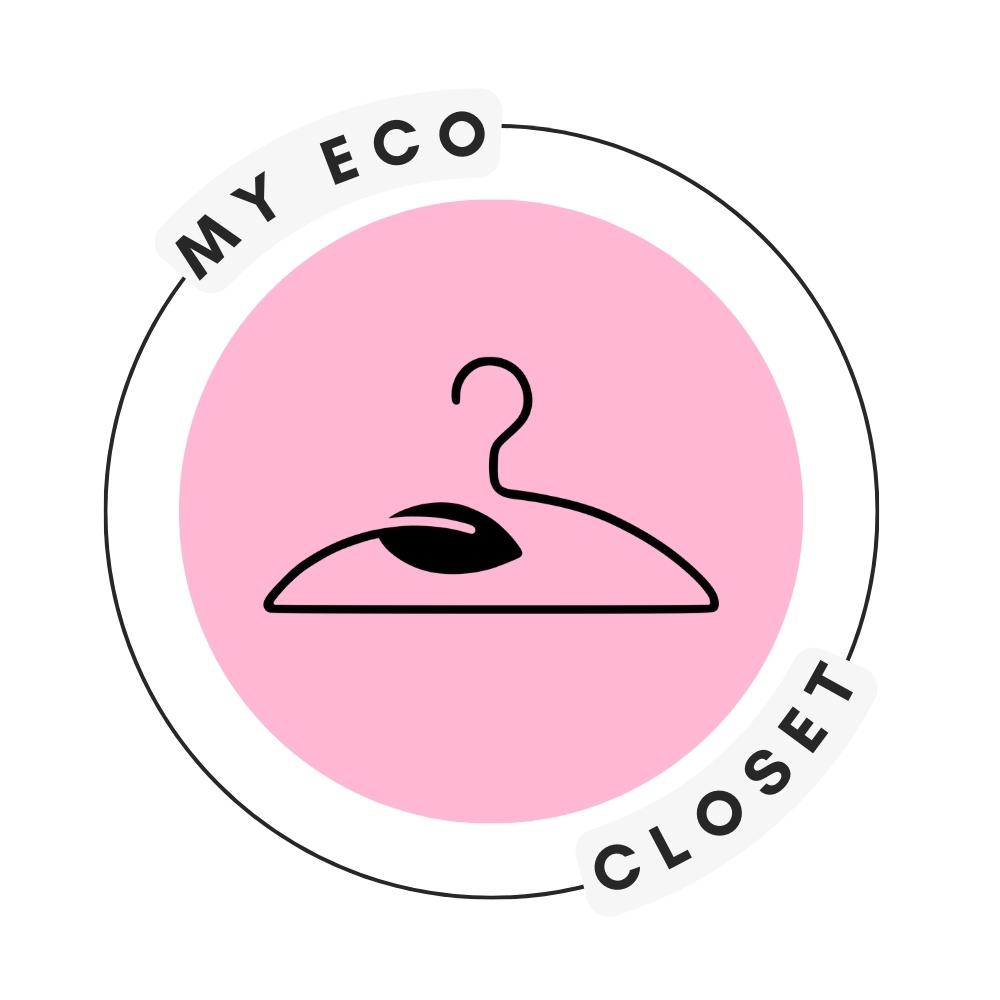The subtle differences between color sub-seasons can completely transform your appearance — what enhances one Spring might wash out another. That’s why understanding warm spring vs light spring is so important. In this guide, we’ll break down their unique qualities — contrast, saturation, brightness, and palette — so you can confidently discover your ideal seasonal match.
Warm Spring vs Light Spring: Color Dimensions
Both Warm Spring and Light Spring belong to the broader Spring family — known for warmth, clarity, and brightness. However, they express those traits in distinctly different ways. Their variations in hue, value, and chroma create very different overall aesthetics. Let’s take a closer look:
| Aspect | 🌞 Warm Spring | 🌸 Light Spring |
| Dominant Trait | Warmth | Lightness |
| Hue | Purely warm (yellow-based) | Warm but softer |
| Value | Light to medium brightness | Predominantly light |
| Chroma | Clear and moderately saturated | Gentle and less saturated |
| Appearance | Medium-contrast with golden undertones | Soft and delicate with low contrast |
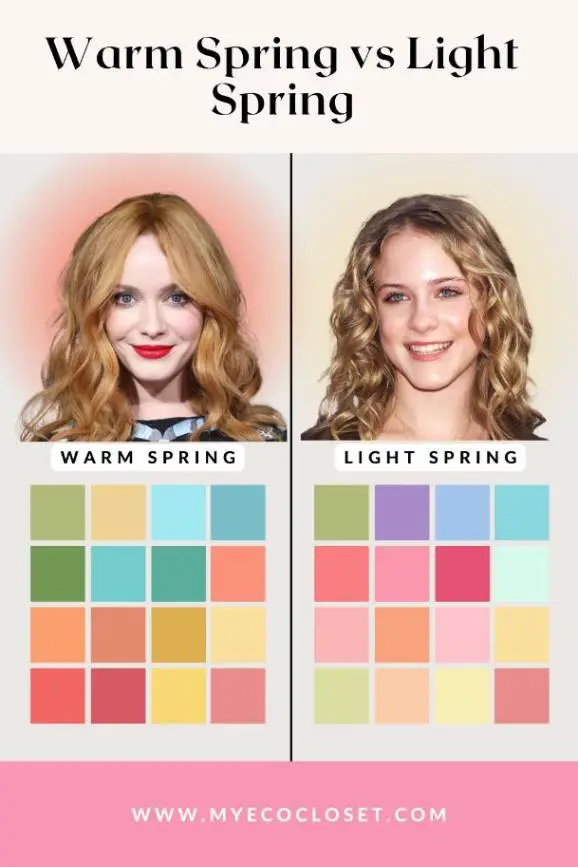
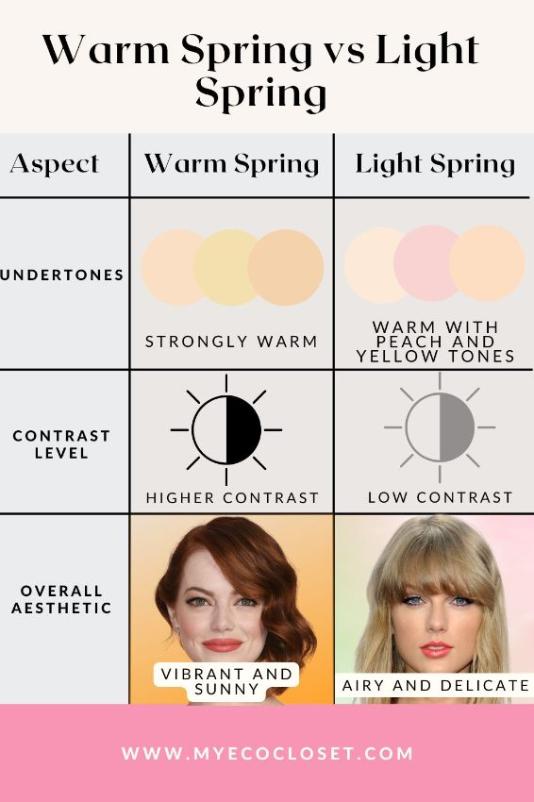
The Warm Spring Hue is Warmer
Also known as “Golden Spring”, Warm Spring is the warmest and most yellow-based of the Spring palettes. It features golden, yellow-based tones with peach accents, sitting close to the Autumn family. The Warm Spring palette combines medium-bright, sunny hues and minty blues, alongside rich orange tones.
In contrast, Light Spring is softer, showcasing warm-neutral shades like peach and light pink. It’s gentler and less intense than the bolder Warm Spring. It also sits closer to the Summer family, incorporating shades like pale pinks, light aquas, and mint greens.

Warm Spring Has Richer Chroma
When comparing warm spring vs light spring, chroma is key to uncovering their differences. Warm Spring colors are vibrant, saturated, and rich in intensity, offering bold tones that remain bright without being overpowering. In contrast, Light Spring features softer, more muted shades. Its pastel palette creates a delicate, airy feel, prioritizing subtlety over bold intensity.
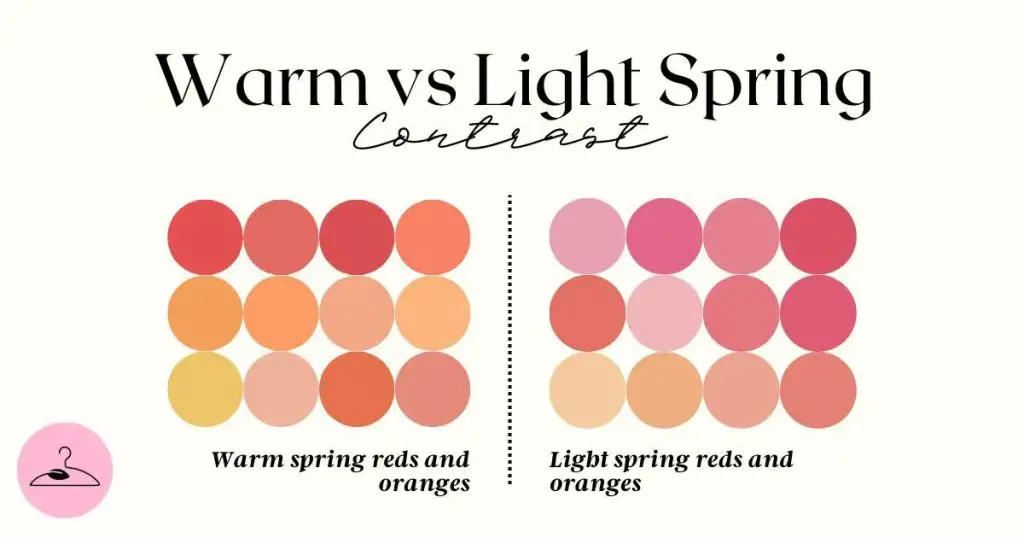
Warm Spring Has Slightly Higher Contrast
Compared to Light Spring, Warm Spring presents low-to-moderate contrast between features. Its golden undertones create a lively, balanced look that still pops without being too harsh. Light Spring, by contrast, features very low contrast and a softer, more blended appearance.
Given that, Warm Springs should opt for gently blended colors — not too bold — while Light Springs suit soft pastels, often borrowing from the Summer palette.

Warm vs Light Spring Celebrities
Warm Springs — think Jessica Chastain, Christina Hendricks, and Emma Stone —radiate a cozy, sunlit warmth. Their coloring is rich and golden, with red or strawberry blonde hair, peachy skin, and warm-toned eyes that glow in shades like hazel or green.
Famous Light Springs, like Margot Robbie, Lili Reinhart, and Scarlett Johansson, have a soft, luminous quality, like morning light. With fair skin, light eyes, and blonde hair, their beauty is more delicate and ethereal. Pastels, light peach, mint, and soft aqua flatter them best, enhancing their airy, fresh glow without overpowering it.
Final Thoughts
🌸 Light Spring is soft, warm, and airy. It is the perfect palette for those with delicate contrast and a gentle glow.
Want to dive deeper into the Light Spring world? From dreamy outfit inspiration and celebrity looks to your full palette — explore our Light Spring Pinterest board for a closer look at the shades and styles that will make you glow.
🌞 Warm Spring is sunshine in color form: vibrant, glowing, and warmly alive. If you light up in golden tones and can handle a bit more contrast, Warm Spring could be your seasonal home.
Ready to bring that warmth into your wardrobe? Check out the Warm Spring Pinterest board for curated color palettes, outfit ideas, and celebrity inspiration.
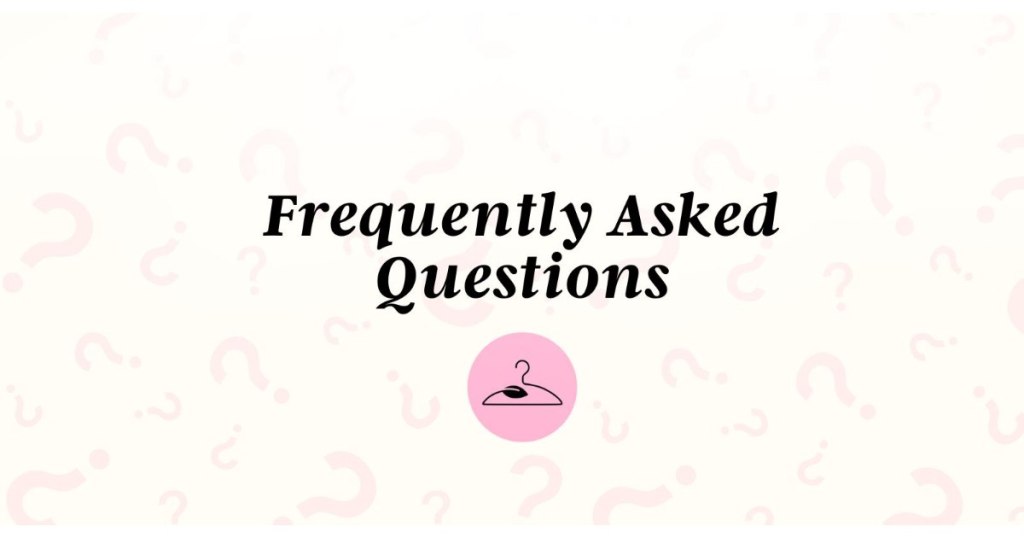
Frequently Asked Questions
Yes, but to different extents. Warm Spring is purely warm with strong golden hues, while Light Spring is warm-neutral, featuring a touch of Summer’s cool softness in its lighter shades.
Light Springs usually have light hair and eyes with low contrast between features. Warm Springs tend to have more golden undertones and slightly more contrast in their appearance. A professional color draping or seasonal analysis can confirm your best fit.
You might find some crossover if you’re on the border, but using your exact seasonal palette will bring out the best in your features. Light Spring colors may feel too muted for Warm Springs, while Warm Spring hues could overpower Light Springs.
Wearing the wrong seasonal colors can make your skin appear dull or uneven, and your features may lose definition. Light Springs in overly rich tones may look washed out, while Warm Springs in soft pastels might seem faded.
It depends on your features. Light Spring offers a dreamy, romantic palette perfect for soft and low-contrast individuals. Warm Spring provides richer, warmer options that suit those with a glowing, golden undertone.
